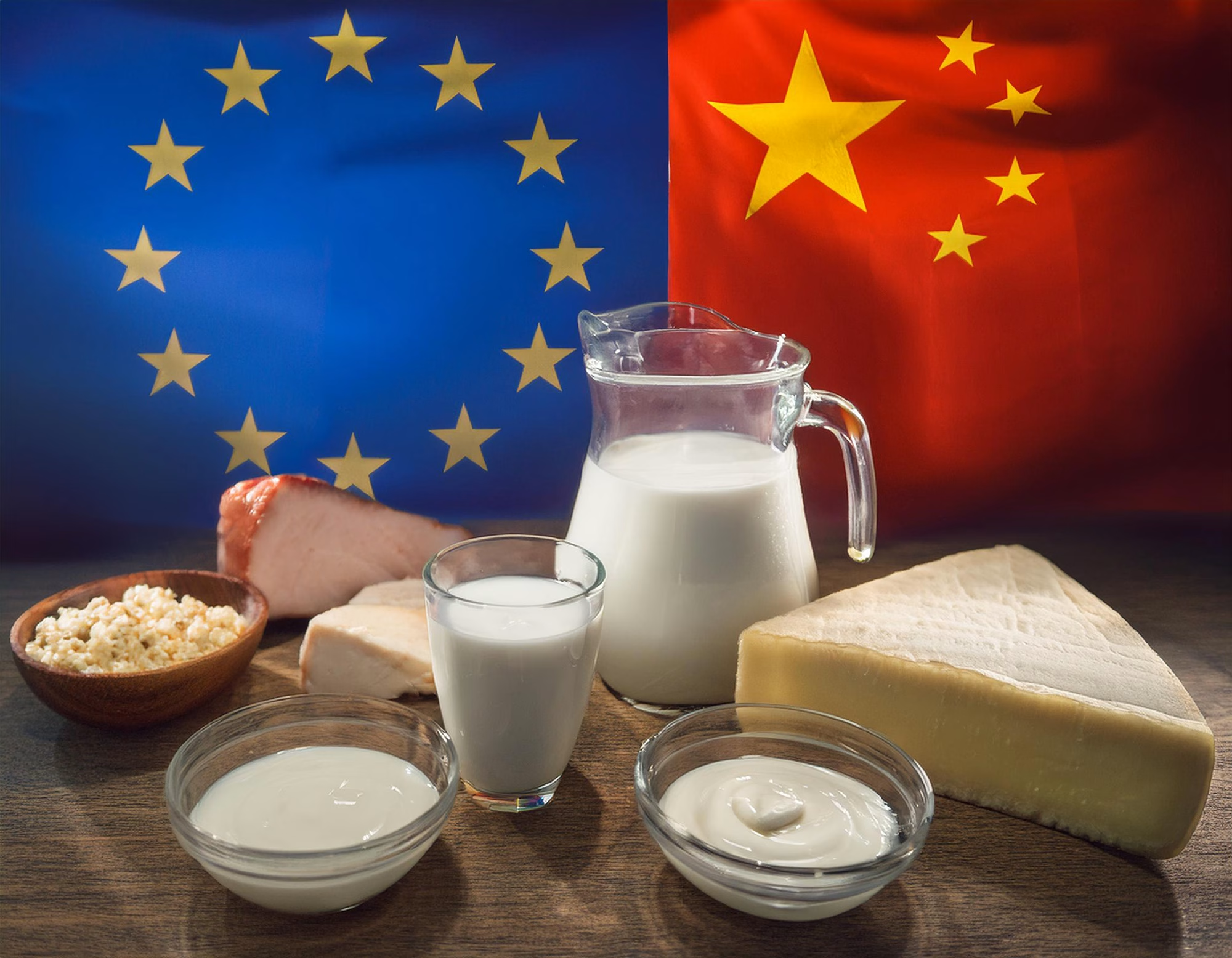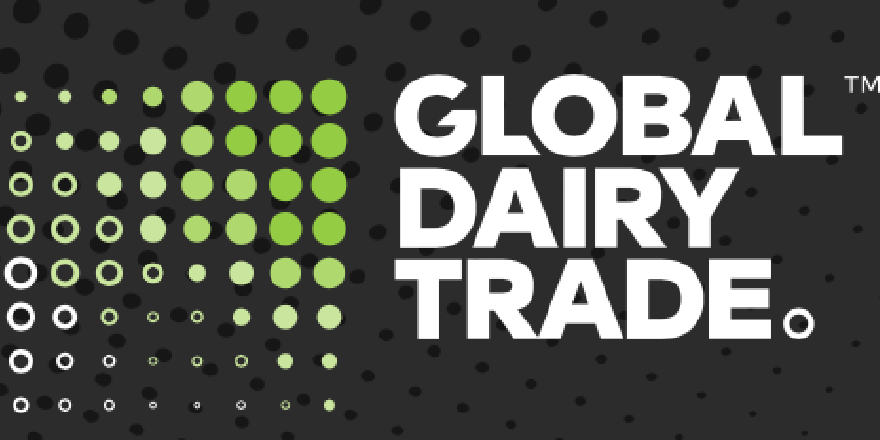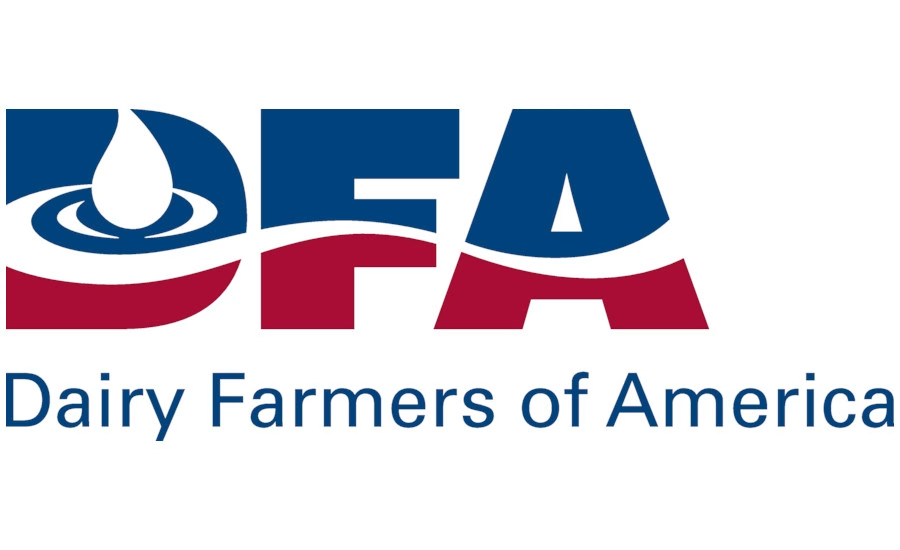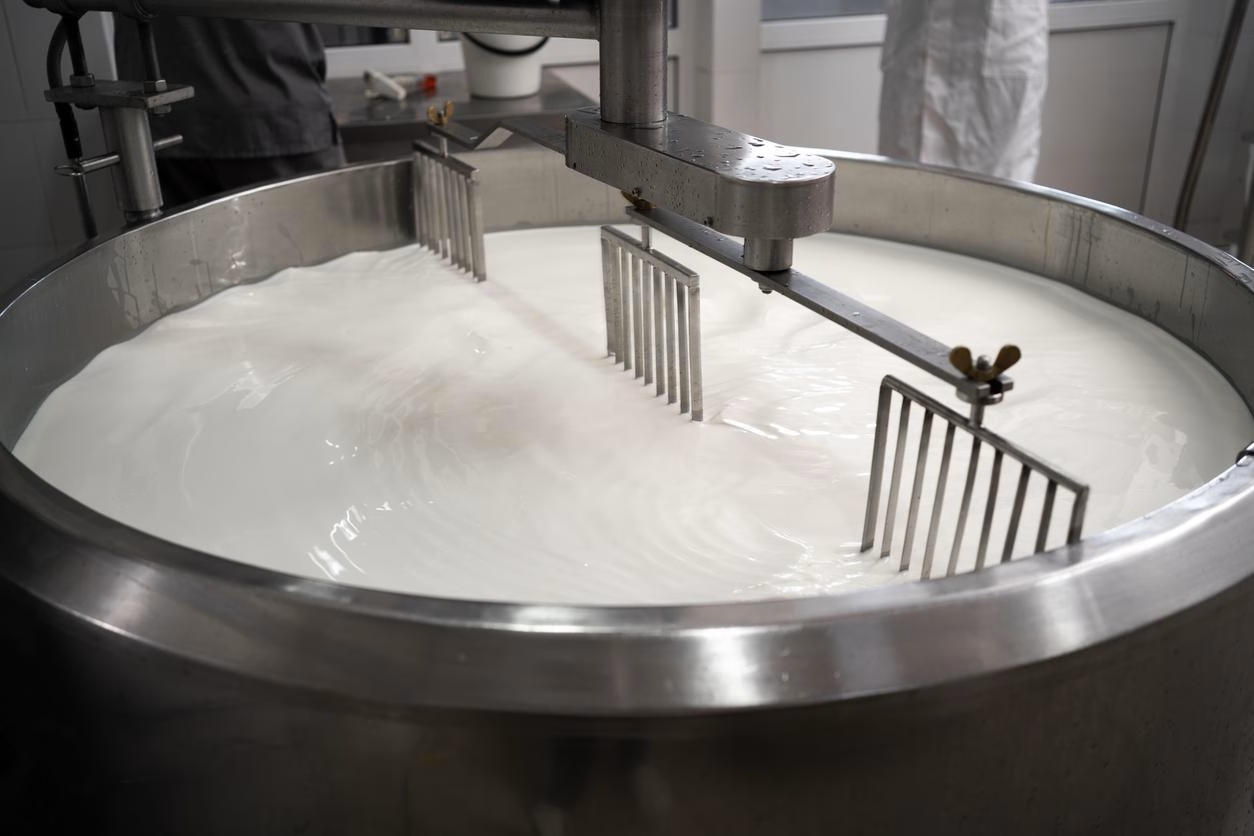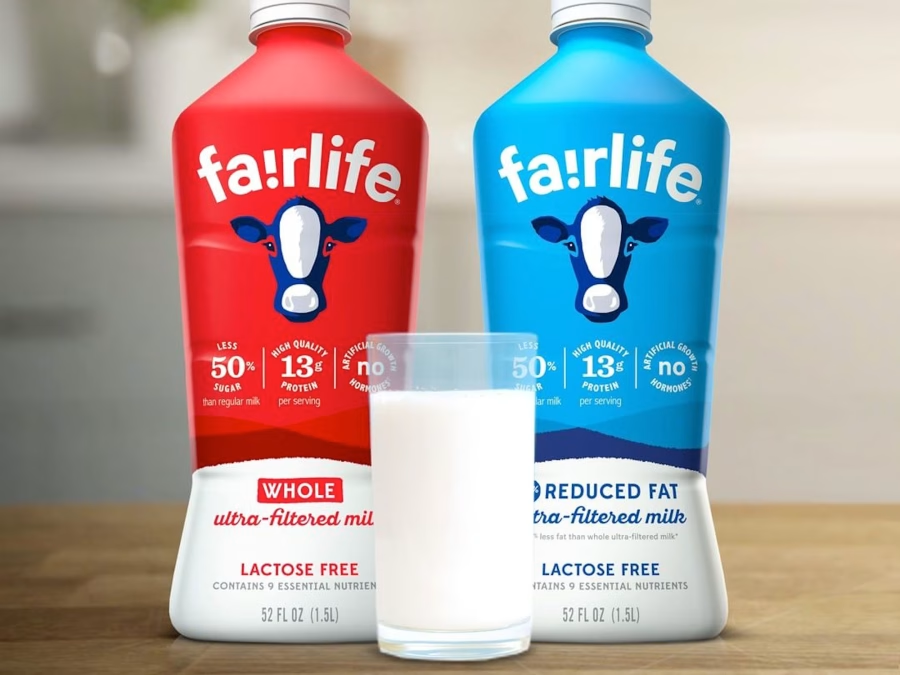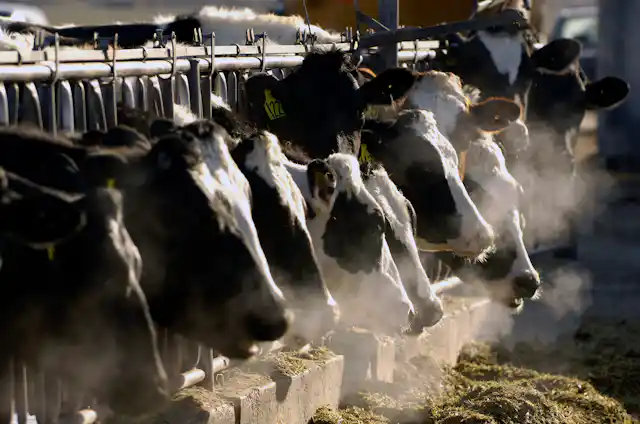From barn to bowl, dairy stole the Super Bowl spotlight in 2025. Star-studded commercials featuring Vin Diesel, Juno Temple, and Shania Twain showcased ice cream, yogurt, and coffee creamers. These ads celebrated dairy’s cultural significance, linking farm-fresh products with celebrity appeal and positioning dairy as a key player in America’s biggest game day.

Vin Diesel and Michelle Rodriguez slow down for a sweet moment in Häagen-Dazs’ first-ever Super Bowl commercial, “Not So Fast, Not So Furious.” The ad, featuring the “Fast & Furious” stars savoring ice cream bars, celebrates the joy of taking time to enjoy life’s indulgences.The 2025 Super Bowl wasn’t just about touchdowns and tackles; it celebrated the cultural significance of dairy products. As millions of viewers tuned in for the big game, they were treated to a parade of star-studded commercials featuring beloved dairy products. Dairy took center stage from creamy ice cream to protein-packed yogurt, proving that what starts in the barn can make it to the most enormous bowl.
Hollywood Meets Holstein: Häagen-Dazs’ Grand Debut
Häagen-Dazs made its Super Bowl advertising debut with a commercial that had viewers hitting the pause button on their snacking. The 30-second spot, titled “Not So Fast, Not So Furious,” featured none other than Vin Diesel and Michelle Rodriguez of the “Fast & Furious” franchise, with a cameo from rapper Ludacris. In a surprising move, these action stars, famous for their fast-paced roles, were shown taking a moment to enjoy Häagen-Dazs ice cream bars.
The ad’s message was straightforward: even those known for speed and intensity should pause to relish the rich flavor of premium ice cream. For dairy farmers, this high-profile endorsement of savoring the rich flavor and quality of dairy products could translate to increased consumer appreciation.
Elizabell Marquez, chief marketing officer at Häagen-Dazs US parent Dreyer’s Grand Ice Cream, emphasized the significance of this partnership: “Getting to pair up with one of the most notable franchises and talent in film history was everything we were looking for. Our brands’ mutual love and admiration made this a brilliant idea from day one.”
Oikos Flexes with Star Power
Danone’s Oikos brand returned to the Super Bowl for the sixth consecutive year with a commercial that packed a protein punch. Starring British actress Juno Temple and NFL defensive powerhouse Myles Garrett, the ad showcased the surprising strength of consuming Oikos yogurt.
The commercial focused on the protein content of Oikos products, emphasizing the link between dairy and strength for consumers. Victoria Badiola, VP of Greek & Functional Nutrition at Danone North America, explained: “The Big Game is a career-defining moment for athletes where they demonstrate their strength at the highest level, but we know that athletes aren’t the only ones who need protein to power their game.”
STōK’s Star-Studded Brew
STōK Cold Brew Coffee, the official stadium sponsor for Wrexham AFC, ran a Big Game ad featuring actor Channing Tatum and Wrexham AFC co-owners Ryan Reynolds and Rob McElhenney. The commercial showcased a choreographed dance routine set to “Gonna Make You Sweat (Everybody Dance Now)” by C+C Music Factory, bringing a fun and energetic vibe to the dairy-based coffee drink.
Dairy’s Cultural Moo-cement
These high-profile commercials do more than entertain; they reflect and reinforce dairy’s place in American culture. These ads link dairy products with celebrities, strength, and enjoyment, influencing consumer views in a way that can positively impact the industry.
- Increased Demand: The commercials’ reach and frequency during the game could drive short-term sales spikes and long-term brand loyalty. The potential impact is significant, with Super Bowl viewership reaching an estimated 123.7 million in 2024.
- Premium Positioning: Ads like Häagen-Dazs’ emphasize the quality and indulgence associated with dairy, potentially supporting higher price points for premium products. As the number one ice cream brand in America, now found in 25% of U.S. households, Häagen-Dazs’ Super Bowl debut signifies a significant investment in reaching a broader audience.
- Health Halo: Oikos’ focus on protein reinforces dairy’s role in a healthy, active lifestyle, countering negative perceptions about dairy consumption.
The Dairy Farmer’s Playbook: Winning Beyond Game Day
While the Super Bowl commercials bring excitement and visibility to dairy products, it’s essential to recognize the challenges and opportunities facing dairy farmers every day of the year. Here’s how farmers can leverage this momentum and tackle industry challenges head-on:
- Diversify Your Dairy Lineup
As football teams need a diverse playbook, dairy farmers can benefit from diversifying their product offerings. Consider pivoting to high-margin products like organic milk, which commands a 52% premium, or A2 milk, which earns 40% premiums. These specialty products can help increase profitability and cater to changing consumer preferences. - Embrace the Tech Revolution
Imagine if football teams relied on hand signals instead of modern communication systems. Similarly, dairy farms can benefit from embracing new technologies. Implementing robotic milkers and other automated systems could reduce labor costs by up to 70%. This not only addresses labor challenges but also improves efficiency and animal welfare. - Go Green to Score Big
Sustainability isn’t just a buzzword; it’s a winning strategy. Utilizing carbon credits and implementing sustainable practices can offer financial benefits while appealing to environmentally conscious consumers. It’s similar to running a fast-paced offense – beneficial for efficiency and reputation. - Build Your Brand Story
Every great team has a compelling story; your farm is no different. Direct-to-consumer marketing allows you to build strong brand stories and emphasize the quality of your products. This approach can help you capture more value from your products and create loyal customers who appreciate the care and effort that goes into dairy farming. - Get in the Game of Policy
As players and coaches provide input on rule changes, dairy farmers must engage with policymakers. Working to address pricing and subsidy inequities is crucial for long-term sustainability. Your voice and experience are valuable in shaping policies that affect the entire industry.
A Day in the Life: Super Bowl Sunday on the Farm
Picture this: It’s Super Bowl Sunday at Way-Har Farms in Bernville, Pennsylvania. While millions of Americans are settling in to watch the big game, the Lesher family is balancing their love for football with their commitment to their dairy herd.
“We start our day at 4 AM, just like any other day,” says Lolly Lesher, the farm’s matriarch. “The cows don’t know it’s Super Bowl Sunday, so we’re out there milking and feeding as usual.”
But as game time approaches, the excitement builds. The family gathers in the farmhouse, decked in their favorite team’s colors. On the coffee table, alongside chips and dips, sits a spread of their dairy products – fresh milk, homemade ice cream, and artisanal cheeses.
“It’s a special feeling to watch these big dairy commercials and know we’re part of that story,” Lolly adds. “When we see Vin Diesel enjoying Häagen-Dazs or Juno Temple talking about Oikos, we can’t help but feel a sense of pride. That’s our industry up there on the big screen!”
As the game progresses, the Leshers cheer for their team and cheer every time a dairy commercial comes on. It’s a reminder of their vital role in bringing these products to America’s tables.
“Sure, we might have to step out for the evening milking during halftime,” Lolly laughs, “but that’s just part of the job. We wouldn’t have it any other way.”
The Future Looks Bright for Dairy
The dairy industry‘s strong presence in the 2025 Super Bowl commercials is more than just a fleeting moment of fame. It’s a testament to the enduring appeal of dairy products and the hard work of farmers nationwide. As we look to the future, there’s plenty of reason for optimism in the dairy industry’s growth and sustainability.
- Innovation is Booming: From new flavors of ice cream to functional yogurts and creative coffee creamers, the dairy industry continues to innovate and excite consumers.
- Health Trends Align: With increased focus on protein-rich diets and natural foods, dairy is well-positioned to meet consumer demands for healthy, wholesome nutrition.
- Sustainability Efforts Pay Off: As more farms adopt sustainable practices, they reduce their environmental impact and appeal to eco-conscious consumers.
- Technology Enhances Efficiency: Advances in farming technology are making dairy production more efficient and animal-friendly, addressing both economic and ethical concerns.
- Global Markets Expand: As developing countries increase their dairy consumption, new export opportunities are opening up for American dairy farmers.
A Winning Season Ahead
The 2025 Super Bowl commercials have shown that dairy isn’t just a staple in our refrigerators – it’s a star in its own right. Dairy products from the barn to the bowl continue to capture America’s heart, one creamy bite (or sip) at a time.
One Wisconsin dairy farmer said, “Seeing our products showcased alongside movie stars during the big game makes all those early morning milkings feel even more worthwhile. It’s like our hard work is being celebrated on a national stage.”
With the cost of a 30-second Super Bowl ad slot reportedly reaching $8 million in 2025, these dairy brands are emphasizing their products’ value and cultural relevance. For dairy farmers across America, this high-profile recognition could be the boost needed to face the challenges of an ever-evolving industry.
So, as you raise a glass of milk, scoop some ice cream, or stir cream into your coffee, remember the hardworking farmers behind these products. They’re the true Most Valuable Players, ensuring that America’s fondness for dairy endures well beyond the end of the game.
Key Takeaways:
- Dairy brands significantly impacted during the 2025 Super Bowl, showcasing their cultural relevance and broad appeal.
- Premium positioning of dairy products was emphasized through high-profile endorsements and the focus on quality.
- Commercials highlighted the health benefits of dairy, such as protein content, reinforcing its role in a balanced diet.
- Innovation in dairy-based products is crucial as brands introduce new and exciting options to consumers.
- Dairy farmers are encouraged to diversify their product offerings, embrace technology, and adopt sustainable practices.
- The increasing focus on direct-to-consumer marketing helps farmers build stronger brand stories and customer loyalty.
- Dairy farmers are urged to engage with policymakers to address industry challenges and ensure fair pricing and subsidies.
- Overall, the Super Bowl spotlight on dairy highlights a promising future with growth opportunities and continued consumer engagement.
Summary:
The 2025 Super Bowl turned into a surprising stage for dairy products as major brands like Oikos, Coffee mate, Häagen-Dazs, and STōK Cold Brew Coffee rolled out commercials with stars like Vin Diesel and Shania Twain. These ads connected pop culture with dairy, making it more than just a regular part of our meals. While the glitzy ads boost dairy’s image and promise to increase sales, farmers face challenges like rising costs and market changes. They need to innovate, adopt sustainable practices, and explore direct-to-consumer selling to succeed. With these strategies, the dairy industry can navigate challenges and keep thriving.
Learn more:
- What’s New in Dairy? Exciting Product Debuts from January to June 2024
- Philadelphia Cream Cheese Launches Innovative Cow-Inclusive Advertising Campaign: A New Shift in Marketing Strategy
- From Football Field to Dairy Show Ring: Translating NFL Marketing Prowess into Tanbark Success
 Join the Revolution!
Join the Revolution!
Bullvine Daily is your essential e-zine for staying ahead in the dairy industry. With over 30,000 subscribers, we bring you the week’s top news, helping you manage tasks efficiently. Stay informed about milk production, tech adoption, and more, so you can concentrate on your dairy operations.







 Join the Revolution!
Join the Revolution!
